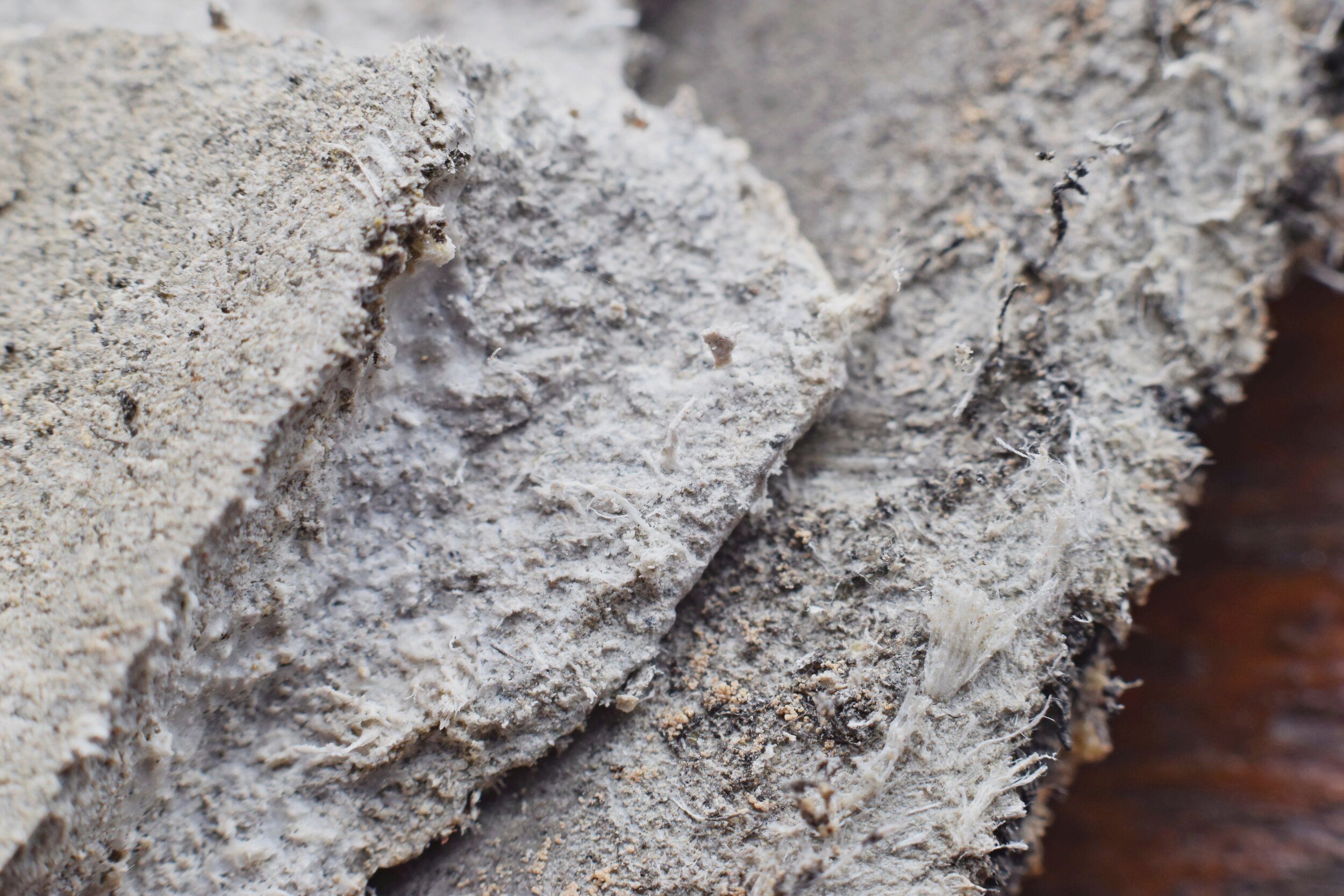
Toolbox Talk: Recognizing Asbestos
Asbestos use dates back to the early Greek and Roman times in the first century. It was called the “miracle mineral” because of some of the properties listed below. Large deposits of asbestos were discovered in Canada in the late 1800s, where it emerged as an insulating component in thermal systems insulation for boilers, pipes, and other high-temperature applications. It was also used as a reinforcement material in a variety of other products. Some of asbestos’ properties include:
• Soft and pliant texture
• Ability to withstand heat
• Could be woven into cloth
Asbestos was used for wicks in sacred lamps and the Romans cleaned tablecloths made of asbestos by throwing them into the fire.
Asbestos is a naturally occurring fibrous silicate. It is distinguished from other minerals by the fact that its crystals form long, thin fibers. To be a significant health concern, asbestos fibers must be inhaled. There is NO SAFE LEVEL of asbestos exposure. There are primarily four main forms of disease brought on by asbestos exposure:
• Asbestosis
• Lung Cancer
• Mesothelioma
• Pleural Plaque
If you suspect asbestos is contained in a product on your project, do not disturb it. Report it to your supervisor for further evaluation.

